Acne really can determine what happened to your body and what health problems you may have. But in most cases, it is all caused by very simple lifestyle matters that can easily be changed right away. The thing to do is to figure out what triggered another pimple and what we can do today to prevent it from occurring in the future.
We at Bright Side have checked out the causes and would like to share this useful knowledge with you that’ll change your life from now on. But please keep in mind that this article is for informational purposes only. Please consult your doctor before you take any action or treatment.
1. Around the mouth
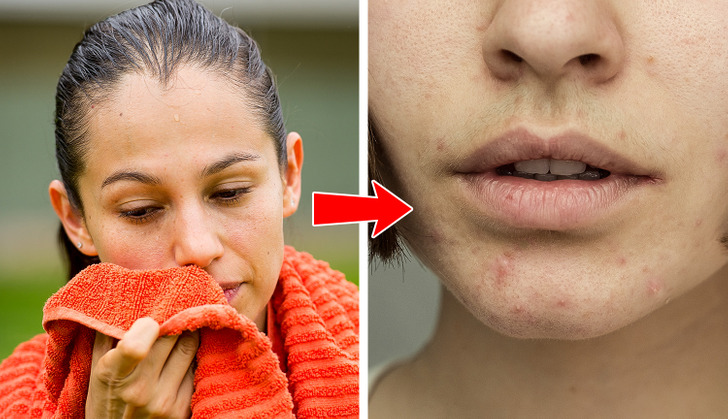
Acne around your mouth can occur if the skin in this area is irritated or frequently touched, like, by a cell phone or some other objects like helmet straps or musical instruments. Different cosmetics and facial products might also be the cause. As well as hormones and genetics.
First of all, if it appears frequently, see a dermatologist who will find a proper treatment that will work for you. But in any case, it’s always better to prevent it rather than to cure it. So make cleaning your skin with a gentle or mild cleanser twice a day a routine. Use makeup labeled as “non-comedogenic” (non-pore-clogging) and oil-free products, and please avoid touching your face.
2. On the nose
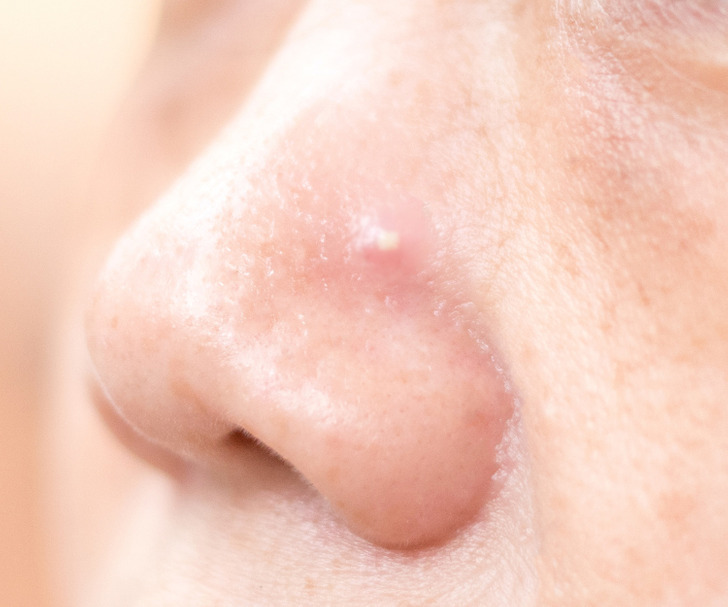
Our nose is one of the most common areas of the face to develop acne. It’s because its pores are typically larger, which makes it easier for dirt and bacteria to clog them up. What’s more, the skin here is also oilier and consequently more vulnerable to acne.
Nose acne can be triggered by diet, stress, and certain medications. Sometimes it can be a sign of more serious underlying health issues. But the most common cause is poor hygiene. So it’s always good to add some Tea Tree Oil to your routine, which is a very gentle and effective treatment against acne, or sodium sulfacetamide and sulfur which will prevent bacteria on the skin from multiplying. In very severe cases, consult a dermatologist.
3. On the forehead
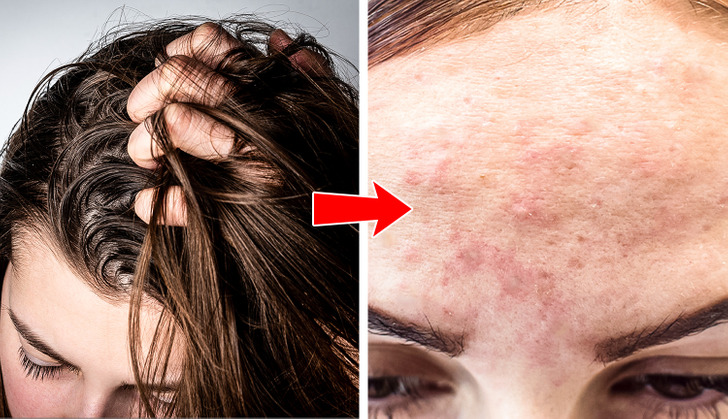
The significant factor here is the same — an increase in oil production on your skin. But sometimes, it’s hard to figure out why it happens. Especially if you don’t take certain medications, and it’s not hormones or stress. It is interesting to know that our hair can be the source of forehead acne.
If your hair is oily, the oil can get on your forehead and clog its pores. Different pomades, gels, and waxes also may be the cause as they often contain cocoa butter or coconut oil and can leave your skin extra oily. A gentle cleanser can solve this problem. If it doesn’t help, try to avoid any oily hair products and just wash your hair more often.
4. Jaw and neck
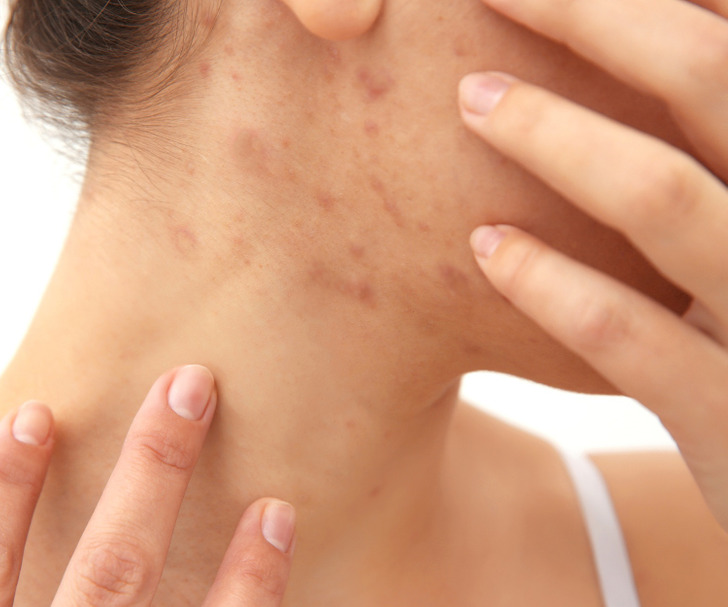
If you think that acne, in general, may be hormonal, there’s good news for you: it’s not all like that. When certain hormone levels change, it can lead to increased androgens — the common contributing factor to adult acne. But there are some areas that are true indicators of hormonal fluctuations, and they include our jaws and neck.
It’s completely okay if fluctuations happen during menstrual cycles. It can also be caused by taking medications like birth control. In severe cases, it may be a medical condition, but most of the time a non-comedogenic cleanser, moisturizer, and acne treatment can solve the issue. Just like basic sun safety and proper sunscreen use.
5. On cheeks
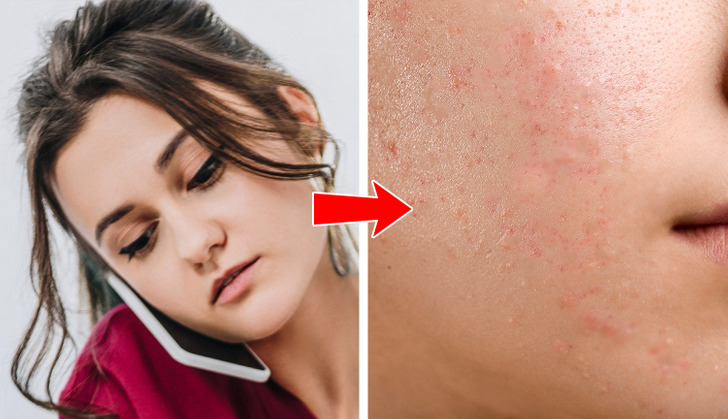
Cheek acne is also a very common problem, especially now that we all have cell phones. Yes, not just touching your face, but even a mere phone conversation can cause some pimples to appear in this area. Phones are great at spreading bacteria. As well as dirty pillowcases and sheets and other objects that come into contact with your skin.
Cheek acne may be hormonal. But it is way more possible that it’s being caused by certain lifestyle habits. So this time, everything can be solved by a few simple changes. Like wiping down your phone before each use and not taking it to any germy places like the bathroom. Changing pillowcases and sheets every week is also a good idea, just like washing your hands regularly.
6. On your back
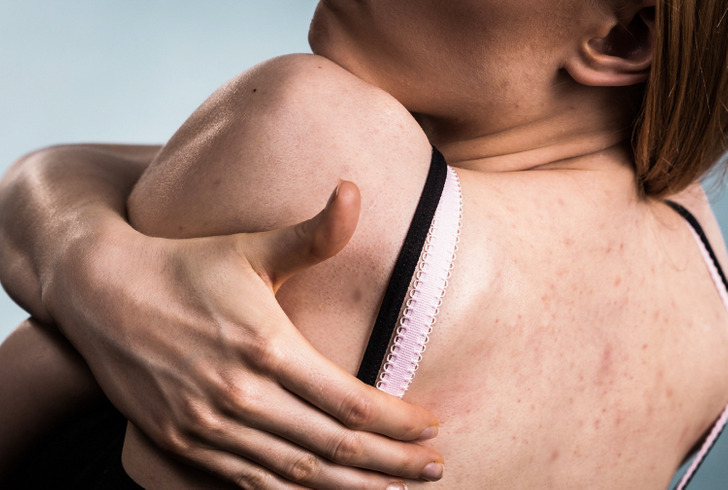
Back acne can be a mere allergy to sunscreen, moisturizer, body creams, massage oils, and wax. It also may be caused by our sweat, which mixes up with oil and toxins on our skin and clogs the pores. That’s why a quick shower after training is so important. And a proper washing of your back is a must.
Dirty clothes, blankets, and pillows can become a major cause of back acne as well. Clothes that are too tight are also a bad idea. They don’t allow your skin to breathe, which can cause irritation and, consequently, pimples on your back. If there is no obvious outer cause, it is better to pay attention to your diet and check to see whether you are getting sufficient nutrients. Stress could be the cause here too.
7. On legs
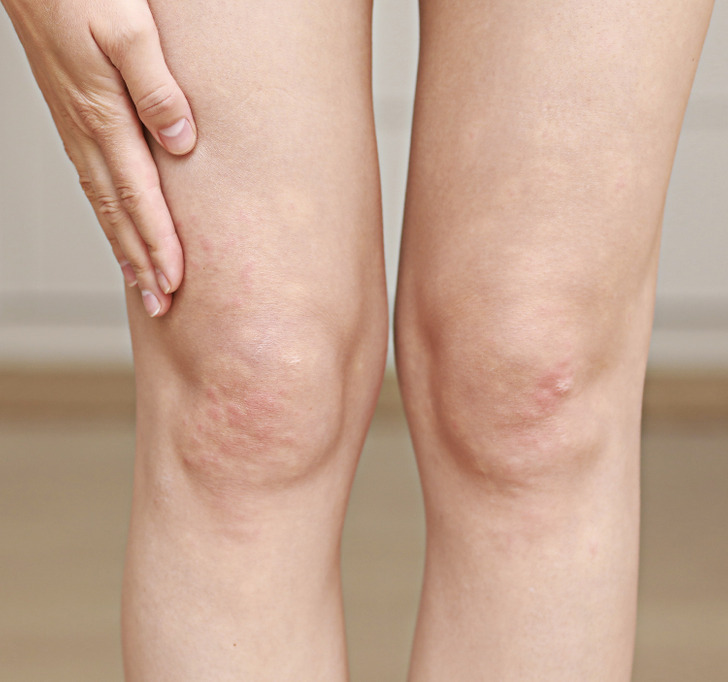
Acne is mainly the result of bacteria, sebum, and dead skin cells trapped in hair follicles and clogging the pores. It leads to inflammation and, on the legs, is entirely a physical issue. It’s typically caused by some athletic equipment rubbing against your skin or clothing or undergarments that are too tight.
But be cautious. People can often confuse acne on their legs with similar conditions as folliculitis, eczema, or keratosis pilaris. So if it is itchy and painful, it’s better to consult a doctor and use a professional treatment.
8. On your chest
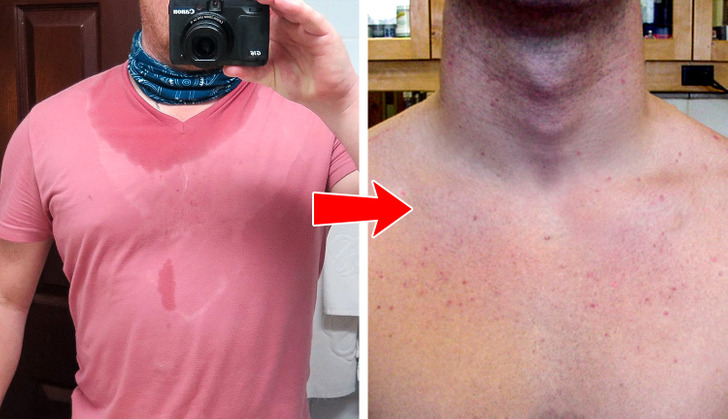
Chest acne develops for pretty much the same reasons as on our backs and legs. For instance, if you have sensitive skin, harsh laundry detergents can clog and irritate your hair follicles. So it is better to choose sulfate- and fragrance-free hypoallergenic products when planning your next washing routine.
Wearing clothing that is too tight, or that doesn’t breathe well during your athletic training also can trap sweat, oil, and bacteria in the pores of your skin. This can also happen as a result of using certain body lotions that contain pore-blocking ingredients. So make sure to look for fragrance- and oil-free versions next time. They are usually labeled as non-comedogenic, which means they don’t clog pores.
What other methods do you use to prevent acne on your face and body? Have you managed to do it by changing only certain lifestyle habits?
Preview photo credit natali_ploskaya / Shutterstock.com, anastas_ / Depositphotos.com
Entitled Brat Threw Trash in Front of Elderly Garbage Lady, Saying ‘Pick It Up, It’s Your Job’ – Karma Instantly Hits Back
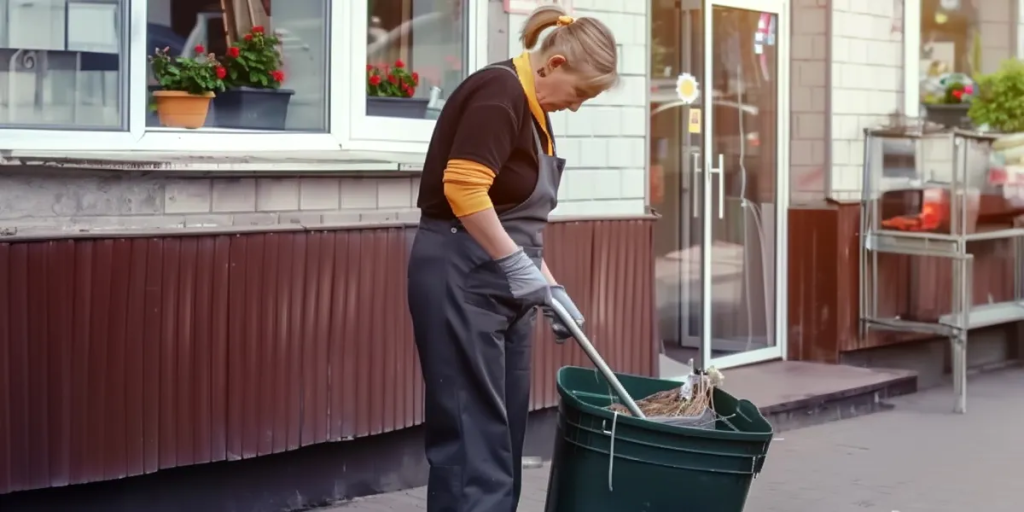
Entitled Brat Threw Trash in Front of Elderly Garbage Lady, Saying ‘Pick It Up, It’s Your Job’ – Karma Instantly Hits Back
Colin here, ready to serve up a story so satisfying, it’ll make you believe in instant justice. Picture this: a young punk with an attitude messes with our neighborhood’s garbage guardian. Let’s just say, his trash talk went straight to the landfill. This tale has a pungent beginning, a hilarious middle, and a sweet, sweet ending you won’t want to miss.
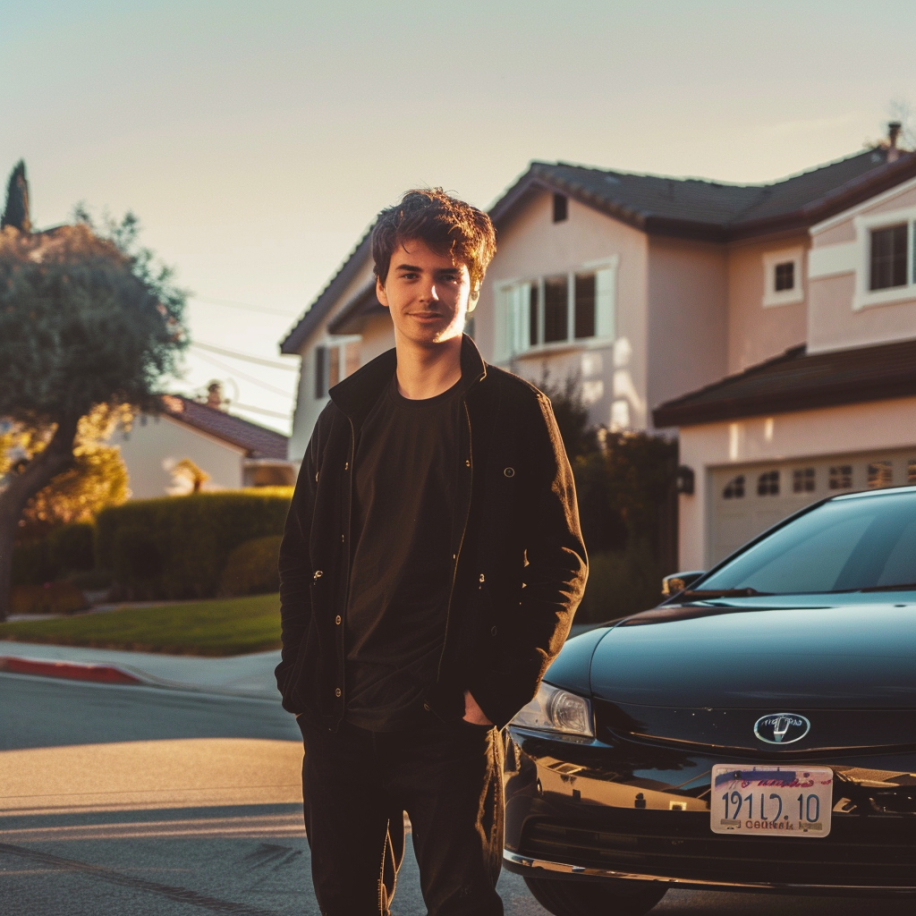
A young man standing next to his car in a neighborhood | Source: Midjourney
I’m a 35-year-old guy living in a quiet, friendly neighborhood. We’ve got this amazing elderly lady, Mrs. Johnson, who’s been our garbage woman for years. She’s in her 70s, sweet as pie, and always goes the extra mile to keep our streets clean. Everyone respects her… well, almost everyone.
Enter Jake. This entitled brat just moved into the area. He’s in his 20s, living off his parents’ money, and acts like he owns the place. You know the type. He’s blasting loud music at all hours, leaving his stuff everywhere, and just being a general nuisance.
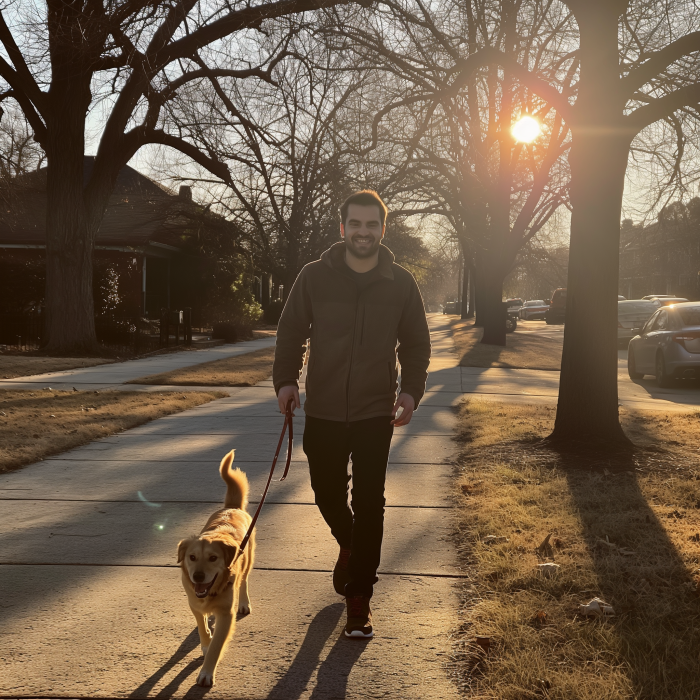
A man walking his dog in the neighborhood | Source: Midjourney
So, last week, I was out walking my dog, Max, when I saw something that made my blood boil. Mrs. Johnson was doing her rounds, picking up trash when Jake strutted out of his house with this big bag of garbage.
Instead of walking the few extra steps to the garbage truck, he threw the bag right in front of Mrs. Johnson. He sneered, “Pick it up. It’s your job.”
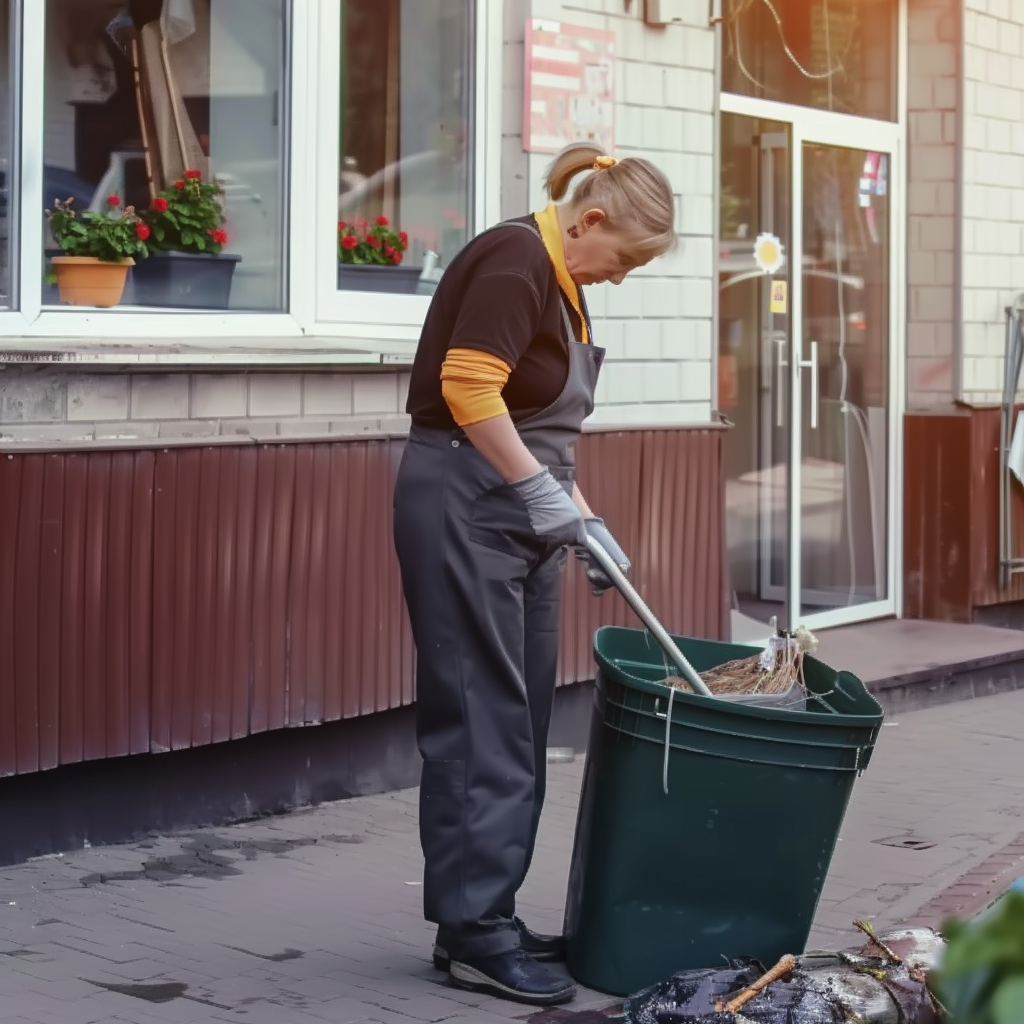
An elderly lady picking up trash in a neighborhood | Source: Midjourney
I could see Mrs. Johnson was hurt and a bit shaken, but she didn’t say anything. She just bent down to pick up the bag. That was it for me. I couldn’t let this slide. But just as I was about to step in, karma beat me to it in the most spectacular way.
Jake, feeling all high and mighty, turned to walk back to his house. But in his arrogance, he didn’t see a patch of wet leaves, and he went down hard, landing right in a puddle of mud. His fancy clothes were drenched and filthy in an instant.
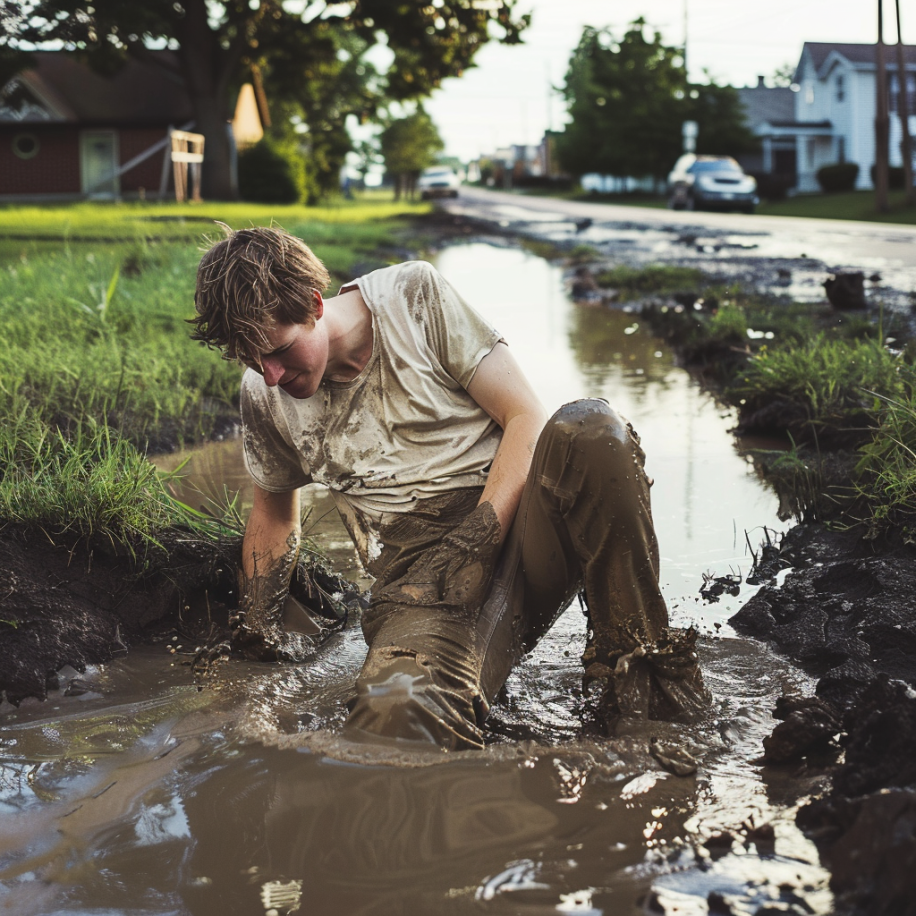
A young man falls into a puddle of muddy water | Source: Midjourney
I couldn’t help but chuckle, but the real revenge was yet to come.
Seeing the opportunity, I grabbed my phone and quickly called a couple of neighbors who were part of our community watch. They arrived within minutes, and we all surrounded the guy, who was covered in mud and trying to clean himself off.
“Hey buddy,” I said, trying to keep a straight face, “looks like you had a little accident. Need a hand?”

An elderly man scolding a young man with muddied clothes | Source: Midjourney
He glared at me but didn’t say anything. One of the neighbors, Mr. Parker, who happened to be a retired police officer, stepped forward.
“You know,” he said, “Mrs. Johnson here is a respected member of our community. We don’t take kindly to people disrespecting her.”
The young guy’s face turned pale. He realized he was outnumbered and out of his league. Mrs. Johnson, bless her heart, walked over to him, still holding the trash bag he had thrown.
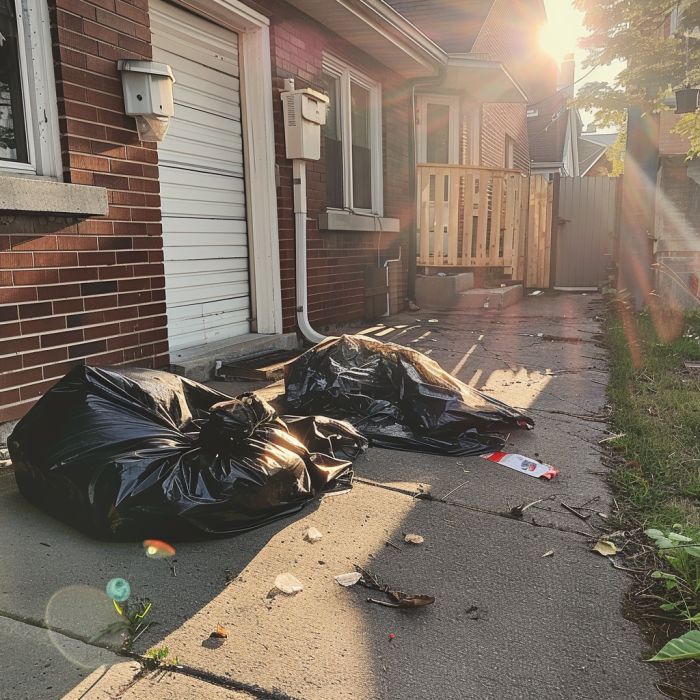
Garbage bags lying outside a house in a neighborhood | Source: Midjourney
“I believe this is yours,” she said, handing it back to him with a sweet smile.
Humiliated, he took the bag and mumbled an apology. But we weren’t done yet.
Our retired officer neighbor, Mr. Daniels, suggested, “How about you spend the next hour helping Mrs. Johnson with her rounds as a way of making amends?”
Jake’s eyes widened in horror, but he knew he had no choice. He nodded reluctantly.
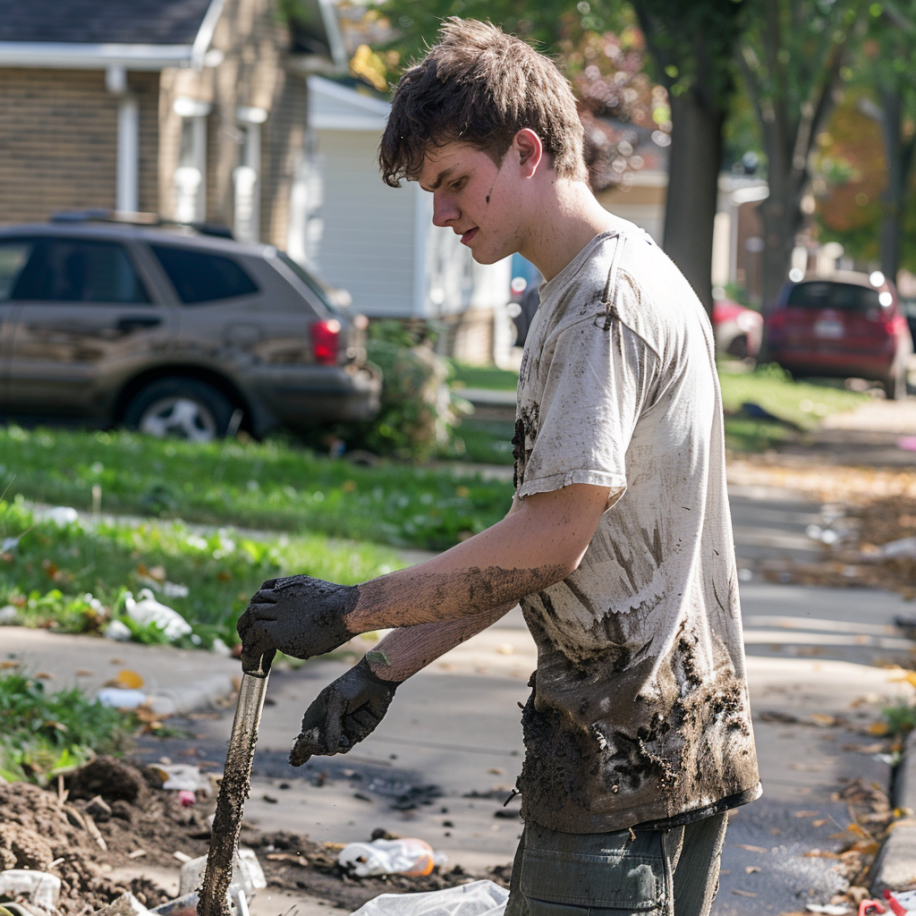
A young man in muddied clothes picking up trash in a neighborhood | Source: Midjourney
“Great,” Mr. Daniels said. “Grab a pair of gloves from Mrs. Johnson’s truck. You’re on duty now.”
So, for the next hour, we all watched as this entitled brat followed Mrs. Johnson around, picking up trash and doing the job he had mocked her for. At first, Jake tried to keep his distance, barely touching the trash, but Mrs. Johnson wouldn’t have any of that.
“Come on now, you need to do it properly,” she said, pointing to a pile of leaves and litter. “Get in there and make sure it’s clean.”
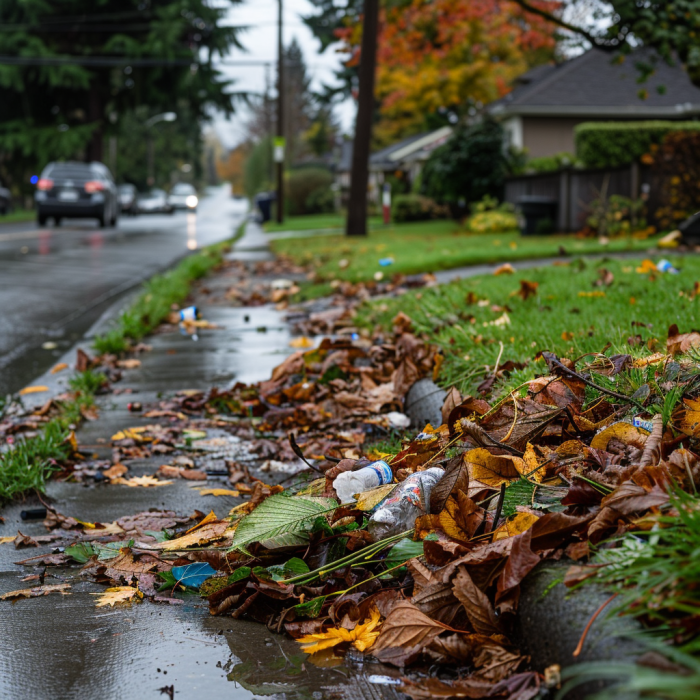
A pile of fallen leaves and litter on the side of the road in a neighborhood | Source: Midjourney
Jake sighed but bent down to pick up the trash. As time went on, he got sweatier and dirtier, his fancy clothes ruined. He was clearly out of his comfort zone, but he had no choice but to keep going.
I couldn’t help but smile as I watched him struggle. Karma was working its magic.
At one point, Mrs. Johnson stopped to take a sip of water. “Are you doing alright, Jake?” she asked kindly.
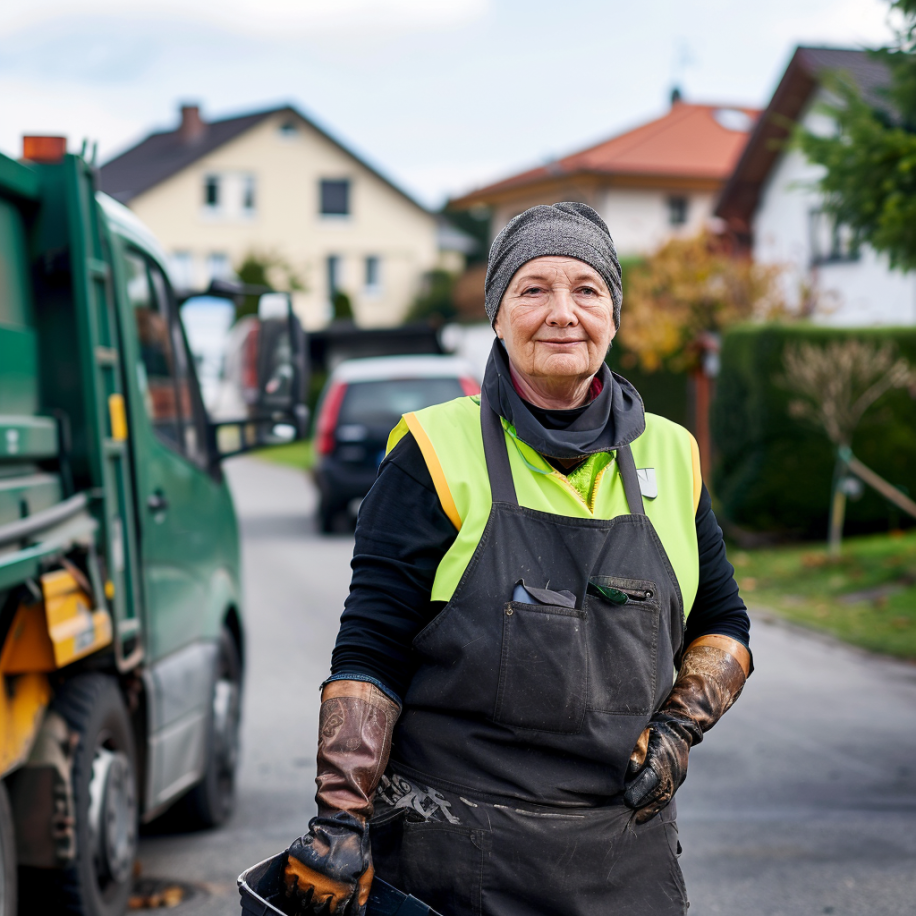
An elderly garbage lady standing next to a garbage truck in a neighborhood | Source: Midjourney
Jake, panting and red-faced, just nodded. “Yeah, I’m fine,” he muttered, clearly anything but.
The neighbors, including Mr. Parker and Mr. Daniels, watched with satisfaction. We all knew this was a lesson Jake needed to learn.
By the end of the hour, Jake was a mess. Sweaty, dirty, and thoroughly humbled, he trudged back to Mrs. Johnson’s truck to return the gloves. As he handed them over, he muttered another apology. “I’m sorry, Mrs. Johnson.”

A young man in muddied clothes is talking to an elderly garbage lady in a neighborhood | Source: Midjourney
She nodded graciously. “Remember, young man, respect is earned through actions, not words.”
He gave a small nod and walked back to his car, looking defeated. As he drove off, I had a feeling he’d think twice before disrespecting anyone again, especially someone as hardworking and kind as Mrs. Johnson.
We haven’t seen Jake since that day. Maybe he moved out, or maybe he’s just laying low. Either way, the neighborhood feels a bit more peaceful now.
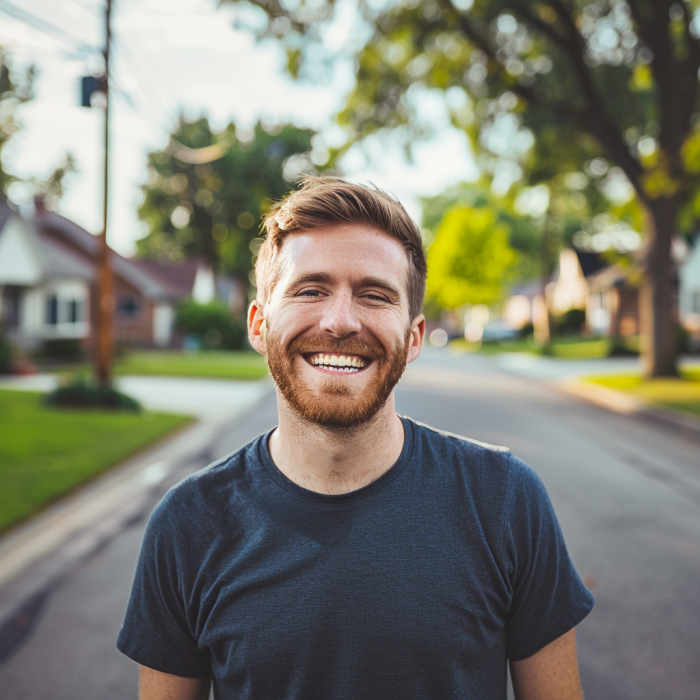
A man smiling while standing in a quiet neighborhood | Source: Midjourney
There you have it, folks. Proof that karma can be swift and satisfying. Remember, what goes around truly does come around. Thanks for reading, and perhaps take a moment to reflect on the power of karma in your own life.
Much like Colin witnessing Jake’s entitled behavior toward the respectable Mrs. Johnson, the woman in our next story observed something similar in a slightly different setting.

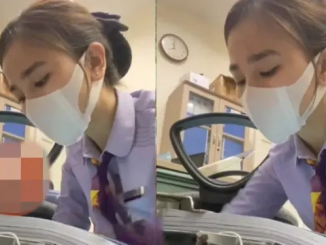

Leave a Reply